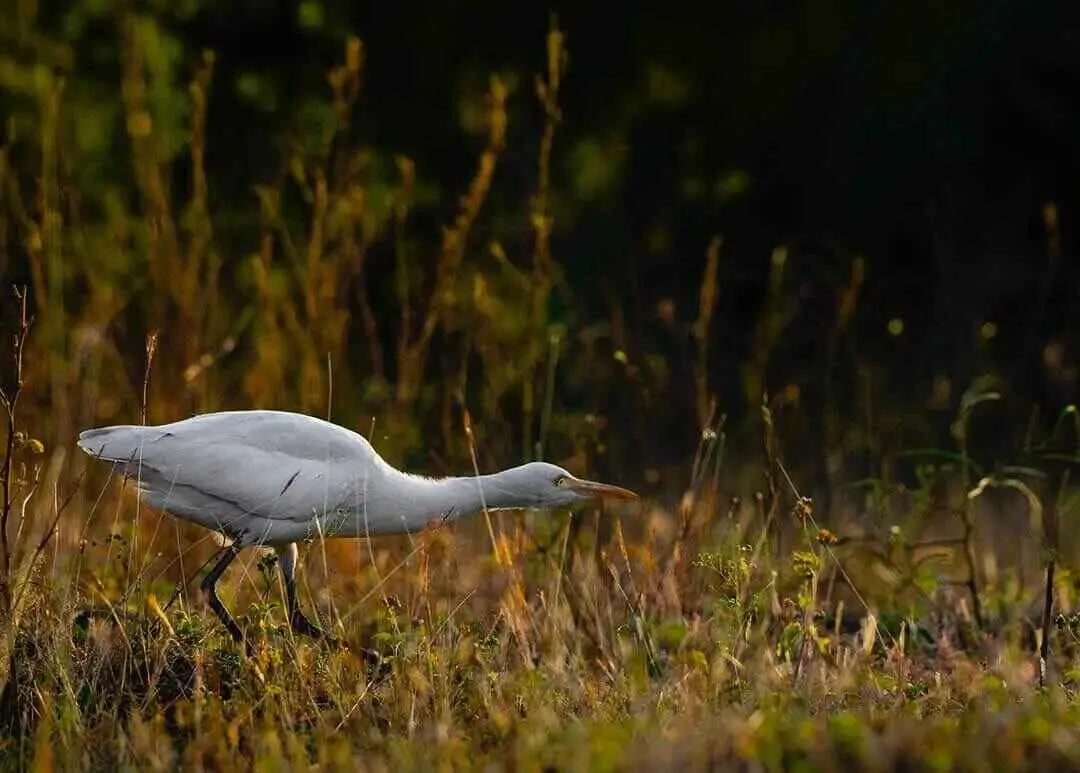
BIRDING IN
Mount Kilimanjaro
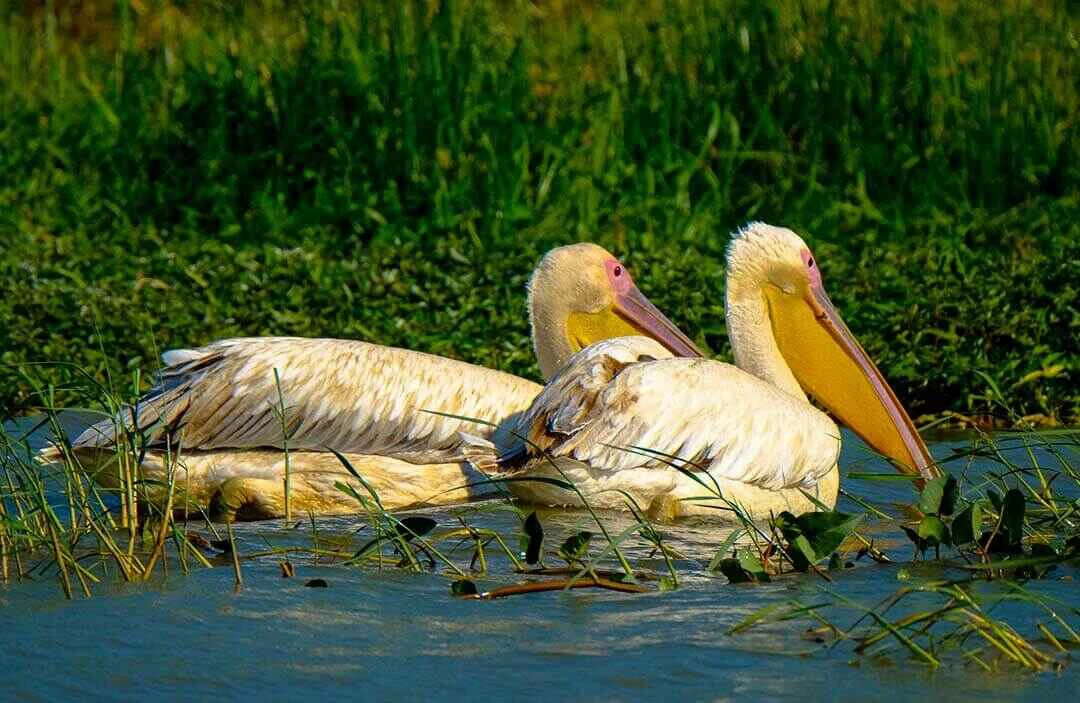
BIRDING IN
Mount Kilimanjaro
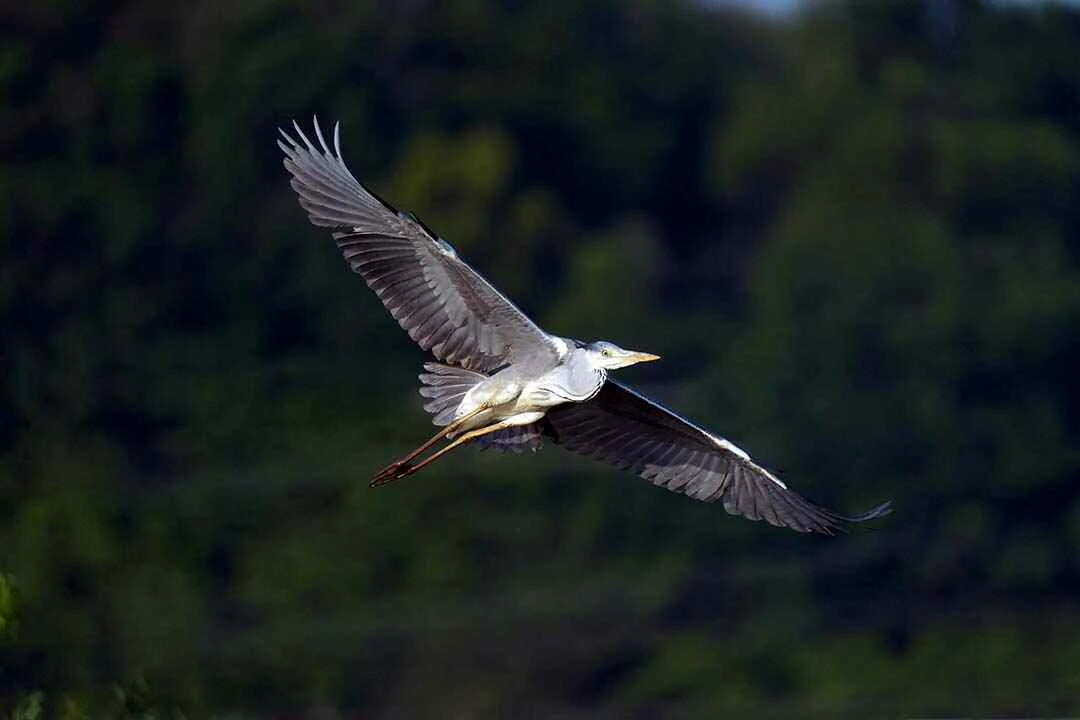
BIRDING IN
Mount Kilimanjaro

BIRDING IN
Mount Kilimanjaro
Kilimanjaro covers an Area 166,100 ha with an altitude of 1,250 to 5,895 meters and is a World Heritage Site. Kilimanjaro is one of the largest isolated mountains in the world and is the highest in Africa, dominating the surrounding central plateau country. Mount Kilimanjaro National Park lies above the 2,700 meters contour, which is virtually the upper altitudinal limit of forest. Montane forest transpires between 1,700 meters and 2,800 meters with a downhill extension to 1,250 meters in the south-west along the Sanya River.
In the north there is an 8 kilometers wide corridor of dry woodland linking the forest with bushland in the Longido Game Controlled Area. In the east and south the lower slopes are densely cultivated, but in the drier west there are large estates and ranches with some remaining natural habitat. Plantations of exotic pines Pinus dominate the northern and northwestern slopes.
The forest on Kilimanjaro holds few of the rarer species linked with the older forests of the Eastern Arc mountains. Cinnyricinclusfemoralis is resident in forest on the southern and western slopes. The western slopes are significant for the passage of Falco naumanni, with hundreds and possibly thousands of birds moving through, and for Circus macrourus, with several hundred birds thought to pass through. In addition, Ardeolaidae is an irregular visitor to swamps and ponds at the foo from the south-western foothills.
Among the montane forest birds Bostrychiaolivacea is notable as it has a limited distribution and is rare wherever it occurs. Alpine species include Cercomelasordida and Nectariniajohnstoni, which are restricted to East Africa, and more extensive species such as Gypaetusbarbatus and Tachymarptismelba. A range of birds more typical of coastal forest are found along the Sanyariver including Telophorusquadricolor, Macrosphenuskretschmeri and Andropadusimportunus. Permanent and seasonal swamps fed by the mountain provide breeding habitat for several uncommon species including Thalassornisleuconotus, Circus ranivorus, Porphyrioporphyrio and Gallinulaangulata.
Our Experts are ready to provide answers

Arusha is known to support at least 411 species, including Ardeolaidae, as a non-breeding visitor in small numbers, and one species of the Serengeti plains Endemic Bird Area, as well as 11 species of the Somali - Masaibiome.
Read More
A total of 457 bird species have been recorded from the site. The area is of major importance to migratory waders from northern Eurasia, supporting about 30,000 birds.
Read More
The birdlife in Katavi is good year-round, but at its best from November to April when the migratory birds from Europe and northern Africa are present. At this time, many resident bird species are nesting and are in breeding plumage.
Read More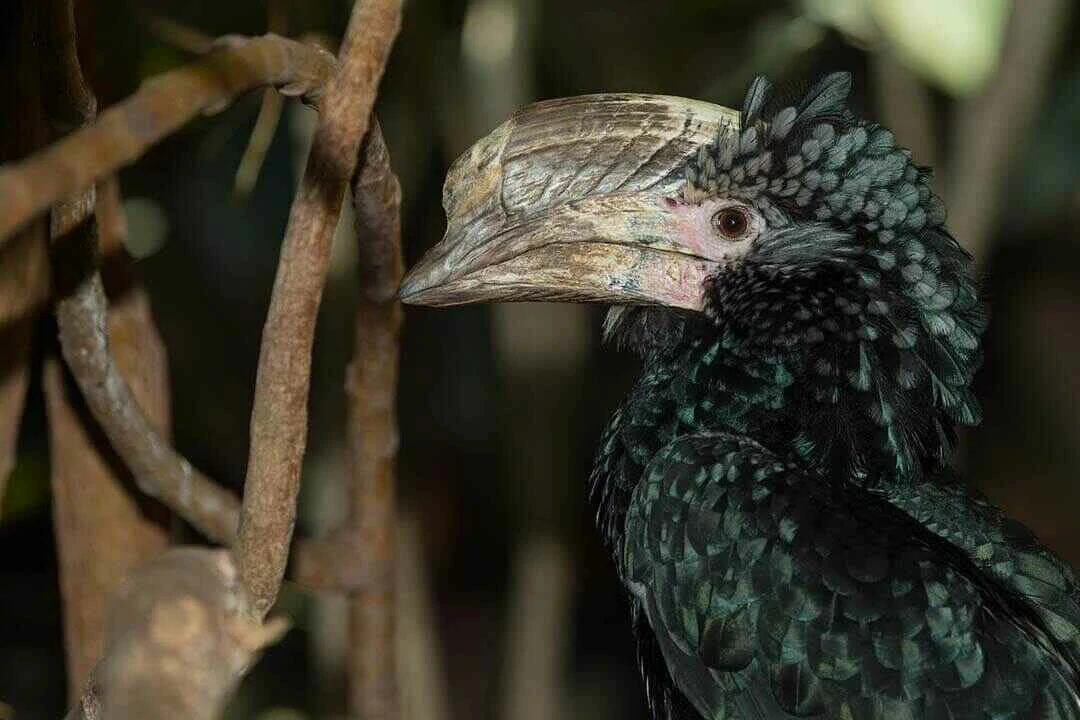
More than 400 species have been recorded here and you can reasonably expect to observe 100 of these in one day.
Read More
Bird species list includes only 214 species and these include three Guinea - Congo Forests biome species. An endemic subspecies of the globally threatened Apalisargentea is present here.
Read More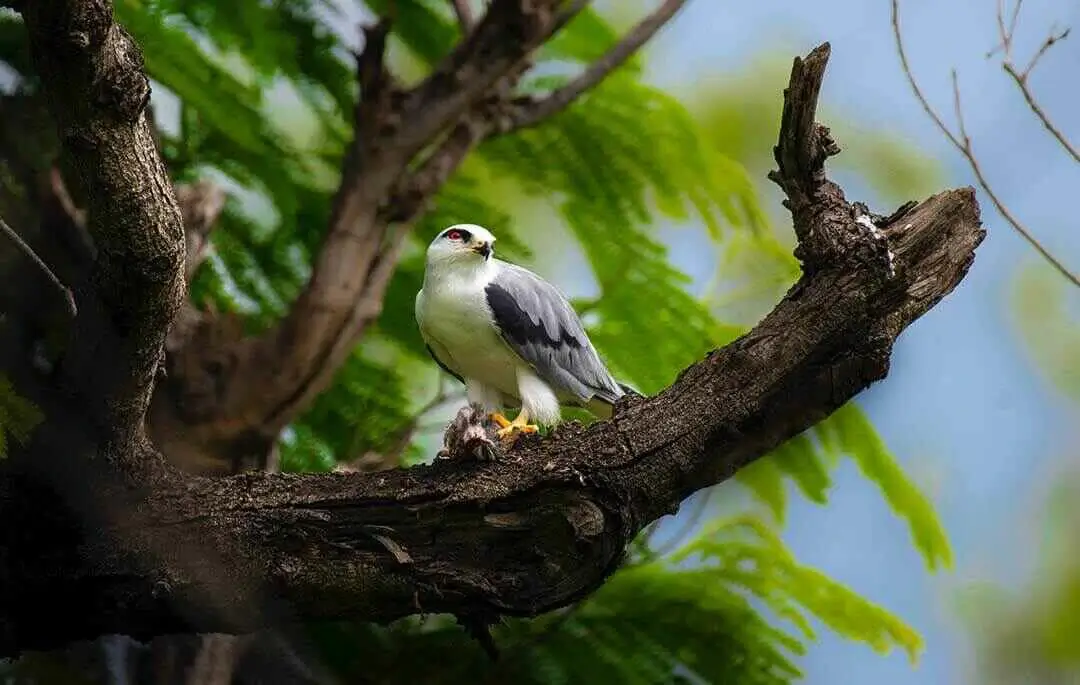
Some 393 bird species are known to occur in the area. Falco naumanni is a regular passage migrant in March and April, but there have been no records of large flocks or wintering birds.
Read More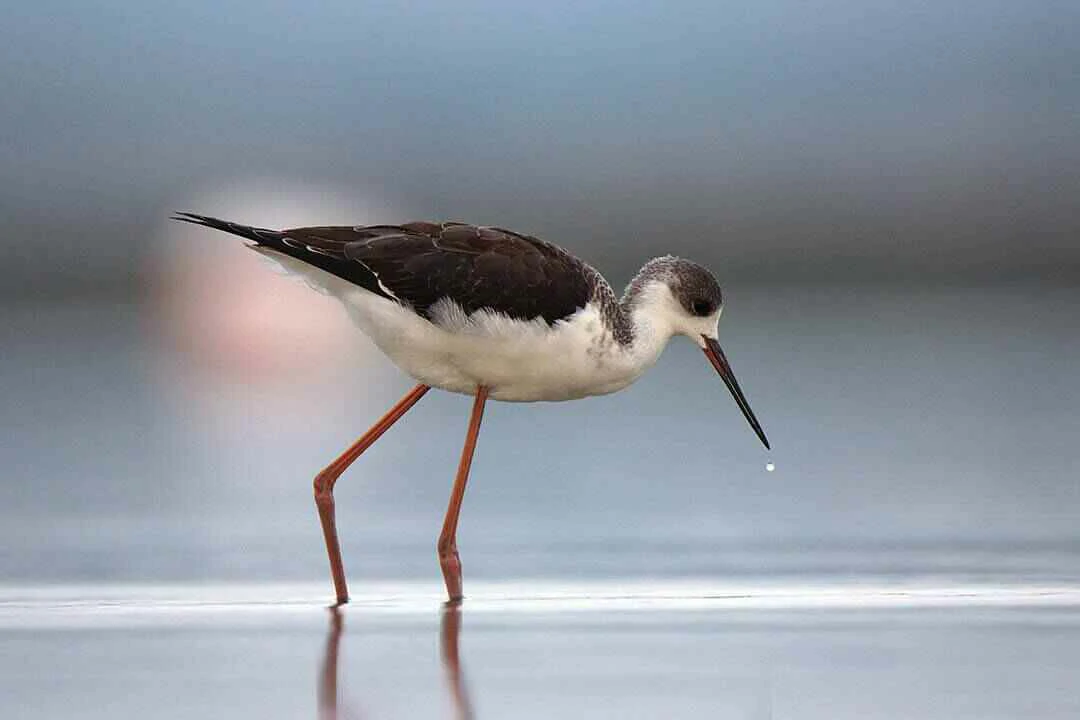
Over 500 bird species are known from the site. Falco naumanni is a passage migrant and Circus macrourus occurs on passage and in winter. Acacia woodland holds the largest known population of Agapornisfischeri, Parusfringillinus is resident and there have been recent records of Apaliskaramojae from Acacia drepanolobium woodland in the south-west of the site.
Read More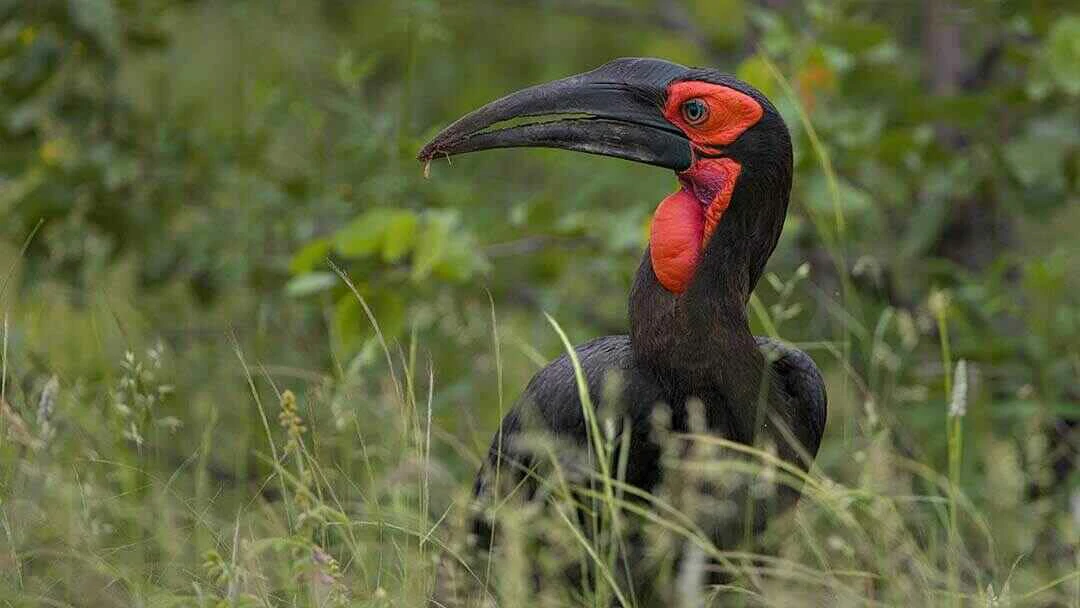
Some 410 species have been recorded for the park, but this figure is almost certainly incomplete as only the main tourist areas are well known. This total includes seven species of the Zambezian biome.
Read More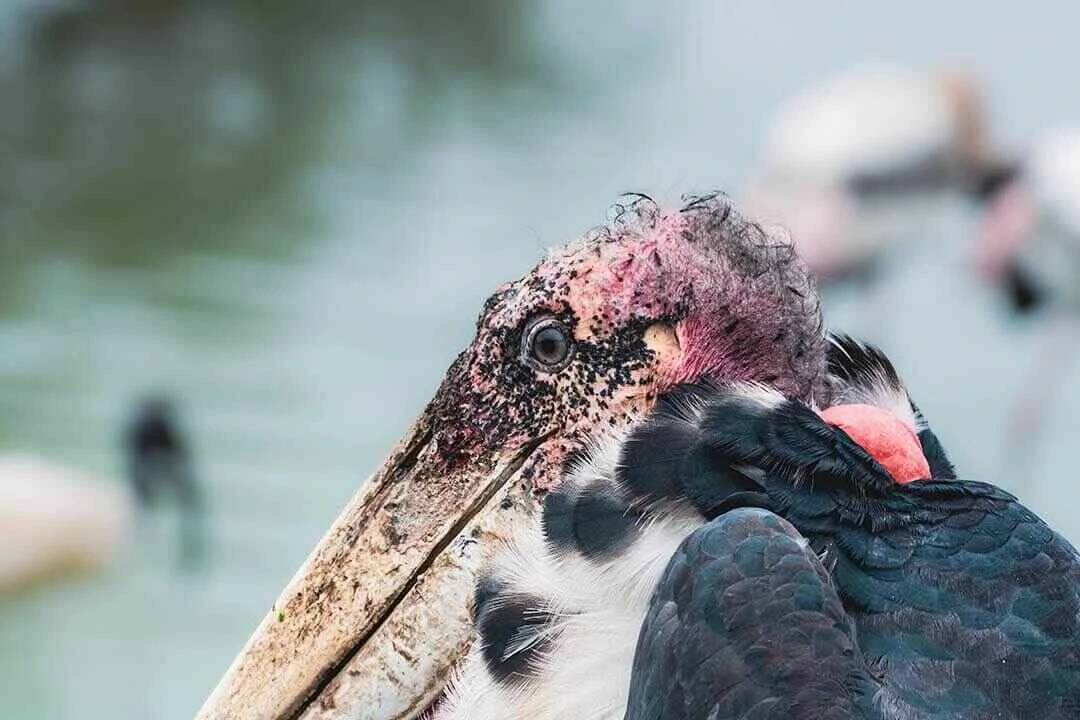
Rubondo main island holds a wide variety of other species, including huge breeding colonies of four species of Ploceus weavers and a relatively dense population of Circaetuscinerascens which are rare in East Africa.
Read More
An estimated numbers of bird species recorded from the park vary from 458 to 505. Glareolanordmanni and Apaliskaramojae, are of global conservation concern. Ardeolaidae is a regular visitor in low numbers. The status of Circus macrourus is described as locally common.
Read More
There is no species list for the park; the total is likely to exceed 450 species. Globally threatened species include Falco naumanni, which occurs in flocks of hundreds in April, following the start of the rains when invertebrate food-supplies are abundant and the park provides secure roost-sites.
Read More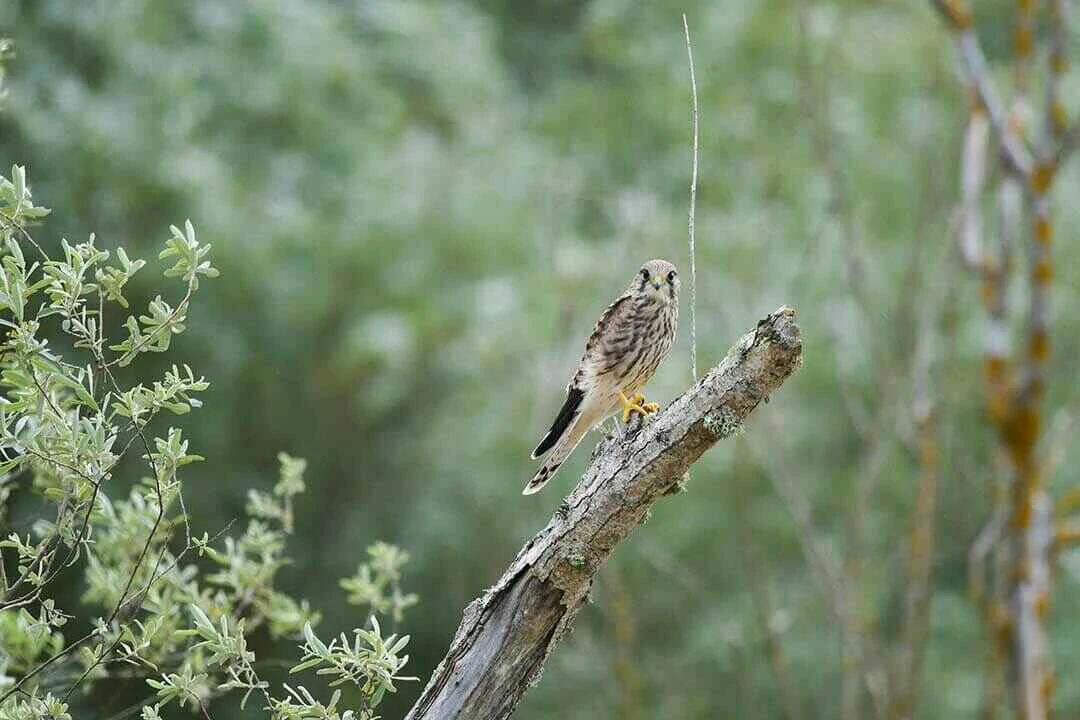
There are sightings of birds like Xenoperdixudzungwensis from near Mount Luhombero, in the park. Circaetusfasciolatus is resident at low densities in low altitude forest at the foot of the east-facing escarpment
Read More